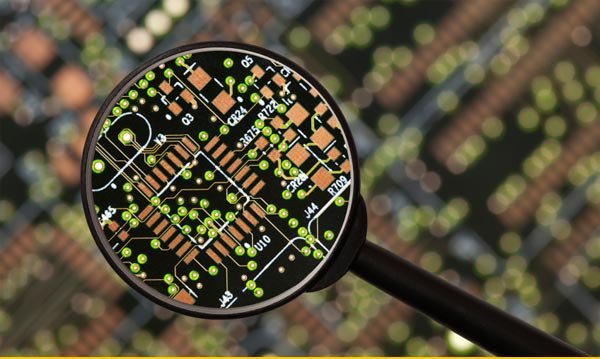What to look for in a vendor’s quality assurance process:
When it comes to selecting a vendor, one of the most important objectives is to gather comprehensive information about their equipment testing and authentication practices. A best practice is to always favor the providers who have recognized quality certifications like ISO 9001:2008 and TL 9000.
Excellent vendors have these quality management systems with engineering teams who thoroughly develop, test, and standardize all test protocols, scripts and methodologies before implementation. Curvature has a Spirent® test center that enables us to replicate real-world environment, traffic, device behavior, and router peering relationship emulation. To put it simply, Spirent testing is one of our many quality checks, and it’s the last step before equipment goes into inventory. Tier 1 testing (all visual inspections of physical gear) weeds out any broken components, but what the naked eye can’t see, Spirent testing’s rigorous process will shake out the hardware failure.
Before all hardware reaches our Spirent techs, it comes through our warehouse and passes through multiple quality checkpoints. The first being receiving, followed by cleaning, Tier 1 testing, and finally Spirent testing. All this happens before the hardware reaches our inventory shelves.
Because we believe so firmly in stringent testing processes, we recommend searching for vendors that offer you this type of end-to-end, real-world testing for assured equipment performance:
- Receiving, cleaning, and Tier 1 testing help verify that every piece of equipment is fully authenticated—these processes run visual inspections to spot and dispose of broken components. This process also includes basic port testing, confirming interface lights work, confirming Power on Self Test (POST), as well as clear configurations, if applicable. If the hardware passes the quality check of these first 3 departments, the gear will move in to Spirent testing.
- Spirent techs do one more round of visual inspections before they begin Spirent testing. Spirent testing involves configuring the hardware to simulate a real-world environment. Spirent Testing Centers are preloaded with configurations created by an in-house CCIE, and each configuration is created specifically for a piece of hardware and the hardware’s capabilities.
- Each interface is tested in a specific order to “stress test” each ASIC in a line card or module. A Spirent configuration may consist of a full BGP table, and all interfaces to be tested at Wire Speed for a specific period of time—the goal here is to test the dependability of the hardware. Even if one packet is lost (let’s say out of 74 million packets), technicians should RTV the hardware so it will not make it to the inventory. In a real-world environment, packets will get lost all the time (not always necessarily due to hardware failures), but in a controlled environment technicians expect no packets to drop.
In the process of seeking a vendor, the ability to stress test equipment using full Line Rate testing (like Spirent), is crucial.


